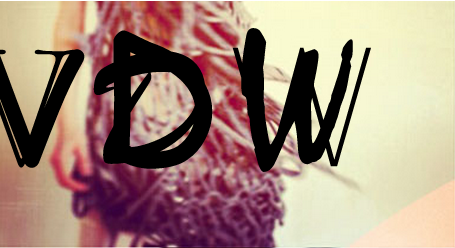Vancouver Design Week: A Recap

by Wendee Lang
Known for its natural beauty, skyrocketing property prices and a “most livable” designation, Vancouver has infrequently been characterized as a hub for innovative design. That was, however, until its diverse and creative scene of architects, craftsmen (and women), typographers and graphic designers to name only a few, were thrust into the bright light of Vancouver Design Week(s).
Spanning across 14 end-of-summer days, Vancouver Design Week (VDW) was a collection of events organized to showcase and raise public awareness of Vancouver’s “unique design ecosystem.”
Kicking off the celebration was the city’s first Urban Design Awards. Conceived of in the corridors of city hall by VDW Director Jennifer Cutbill and councilor Andrea Reimer, the award ceremony recognized the best in progressive built form.
“Design,” posited mayor Gregor Robertson, “Is about expressing what type of city we want [Vancouver] to be…[It] is one of the most important forces shaping our city and our lives.”
Highlighted across the night were designs that very much embodied Vancouver’s modern direction. Those prioritizing sustainability, density and aesthetics that differed from the City of Glass skyline, were rewarded.
In total, 36 projects were submitted, while ten received accolades. In the Landscape, Public Space and Infrastructure category, top prize was given to Sharp & Diamond Landscape Architecture for their restoration of Jericho Beach Park. Characterized as a project that “celebrates the interface between the natural and urban environment,” the restoration increased accessibility and public interaction with one of the city’s most widely used parks, while also restoring the diverse riparian ecosystem.
From here, VDW stretched on to reveal a truly interdisciplinary range of programming and presentation. Embracing the ambiguity of design as a discipline, events such as “Why I Design” at the Museum of Vancouver provided insight into the range of creation and the impetus behind invention. Showcased were more than 30 designers and projects like the “Snug Vest,” an inflatable vest that simulates hugging, positioned alongside FP Innovations’ impermeable exterior building material created from fused bark.
Drawing attention to the diversity of design also served to bring focus to how design influences daily life on a micro level:
“[Design] affects every aspect of our lives,” stated Robertson at VDW’s inaugural event, “from buildings, to our public spaces, to how we deliver services, to how we care for each other – all of that is wrapped up in design.”
This was similarly expressed at the “Demo Nite Edition 1: The Story Behind Design,” where objects that tend to blend into the background, such as a backpack, suddenly were highlighted, improved upon, and transformed into something like The Transfold Bag by Steven Enns.
As much as VDW was about diversity, it was also about connection. From industry socials to the Hawkers Neighbourhood Block Party, (which the city would do well to allow music for next year), to the studio tour, the attempt of participants to see through the eyes of local designers created a very positive dynamic. This interactivity also encouraged people to don their own design lenses and to express their ideas about the potential of design through the ‘Design is/can’ trope that was carried throughout the two weeks.
Provided the opportunity to traverse graphic design and architecture studios, and to speak to industry professionals happy to explain what fuels their passion was also a valuable experience for young designers. Trendy and eager with pen and paper in hand, these bright patrons were no doubt inspired by the previous generation they spoke to. This sharing of skills and knowledge, questions and answers, worked only to grow and strengthen the city’s culture of design.
While Vancouver’s horizon may not resemble cities like Barcelona or New York, where design is very much valued, its decision to follow in their footsteps and host the Vancouver Design Week certainly positions it on a similar plane. The fact that VDW was organized entirely by volunteers only further enunciates the city’s rich design present and its desire to make itself known.
In the end, the answer to the ‘Design is/can’ questions was: anything.